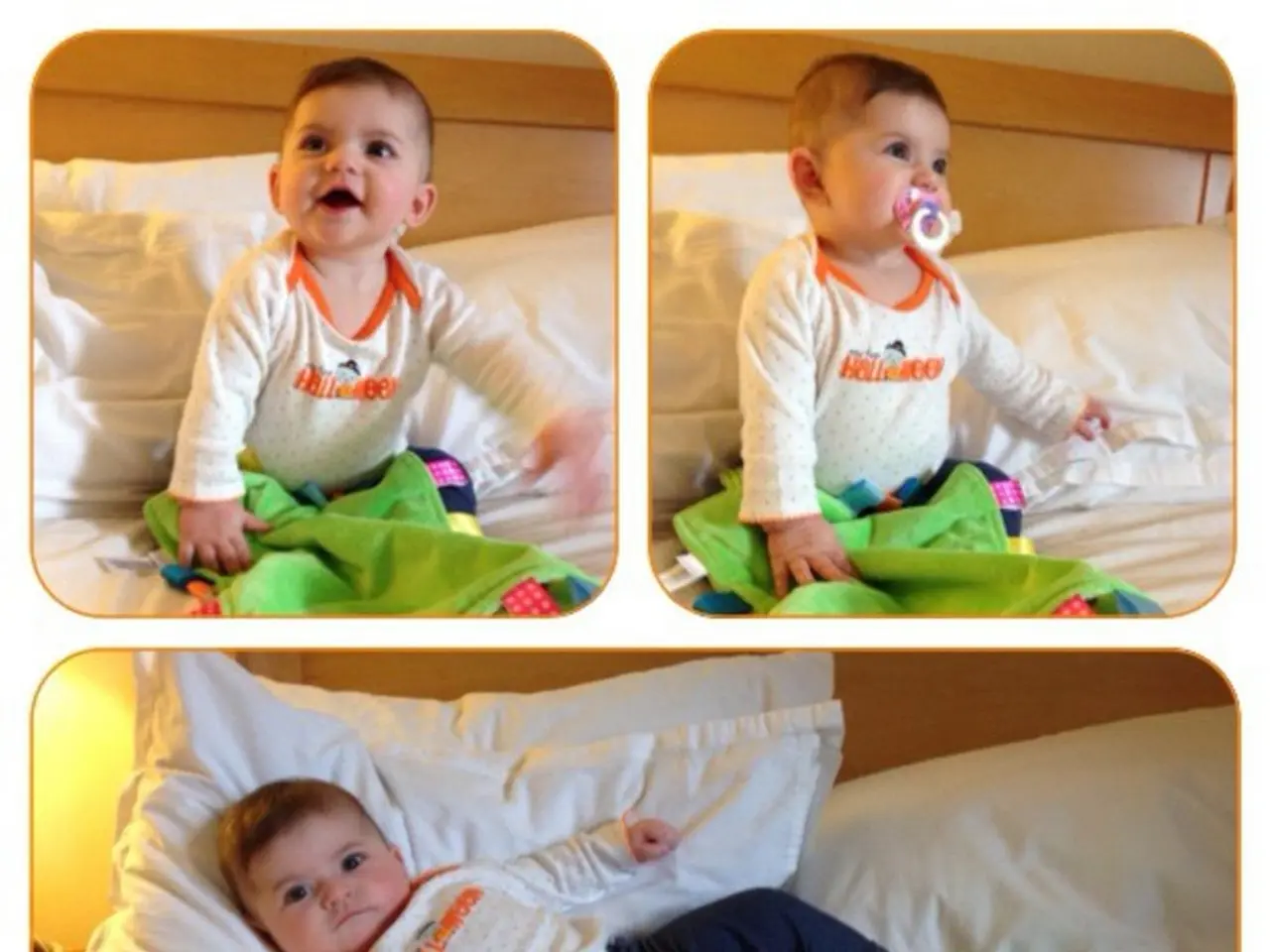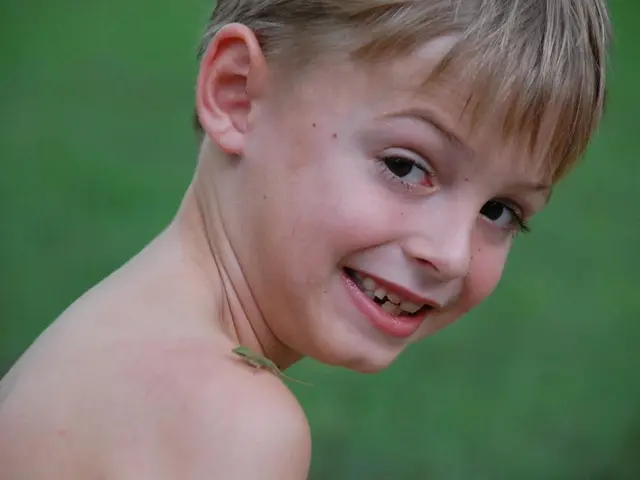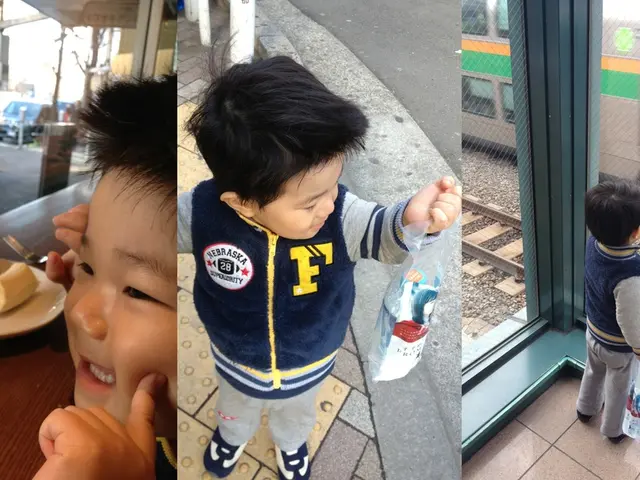Symptoms, Diagnosis, and Treatment of Schizophrenia in Children
**Distinguishing Childhood Schizophrenia from Autism: Key Differences and Diagnostic Approaches**
Schizophrenia and Autism Spectrum Disorder (ASD) are two distinct neurodevelopmental and psychiatric conditions that, while sharing some overlapping symptoms, require careful differentiation for accurate diagnosis and effective treatment.
**Symptom Profiles**
Childhood Schizophrenia, a rare form of the disorder, presents with disturbances in thought processes, perception, emotional responsiveness, and social interaction. The hallmark features are psychotic symptoms, such as hallucinations and delusions, disorganized speech and behaviour, and negative symptoms like diminished emotional expression, lack of motivation, and social withdrawal. Autism, on the other hand, is primarily characterised by persistent deficits in social communication and social interaction, as well as restricted, repetitive patterns of behaviour, interests, or activities.
**Diagnostic Process**
Diagnosis of childhood schizophrenia is based on a comprehensive psychiatric evaluation, including a detailed clinical interview to assess the presence and duration of psychotic symptoms, negative symptoms, and functional impairment. The clinician will rule out other causes of psychotic symptoms, such as substance use, medical conditions, or other mental health disorders. In contrast, the diagnosis of ASD involves assessing a child’s developmental history, behaviour, and social-communication skills, typically through observation, parental interviews, and standardised tools such as the Autism Diagnostic Observation Schedule (ADOS) or the Autism Diagnostic Interview-Revised (ADI-R).
**Differential Diagnosis**
It is crucial for clinicians to distinguish between these conditions because their treatments and prognoses differ significantly. While both disorders can involve social difficulties, the presence of psychotic symptoms strongly points toward schizophrenia, whereas early-onset social communication deficits and repetitive behaviours without psychosis suggest autism.
**Implications and Treatment**
Schizophrenia is a lifelong condition that cannot be cured or prevented, but treatment can help manage it, allowing many people with the condition to lead fulfilling lives. Antipsychotics, such as clozapine, are commonly used to manage hallucinations, delusions, and disorganized thinking. Families and caregivers play an important role in caring for a child with schizophrenia, by learning about the condition, trying to understand how the child feels, and ensuring they receive ongoing treatment.
In conclusion, while childhood schizophrenia and autism share some similarities, their fundamental differences in symptom presentation, age of onset, and diagnostic approaches necessitate careful clinical evaluation to distinguish between these distinct conditions. Early and accurate diagnosis is crucial for effective treatment and management of these complex disorders.
- The role of a caregiver is significant in managing symptoms of childhood schizophrenia, as they assist in understanding the child's feelings and ensuring ongoing treatment with antipsychotics such as clozapine.
- Scientific research in the field of health-and-wellness and mental-health has shown that while both childhood schizophrenia and autism involve social difficulties, the presence of psychotic symptoms points towards schizophrenia, whereas repetitive behaviors without psychosis suggest autism.
- Pfizer, a leading pharmaceutical company, has developed antipsychotic drugs like clozapine to help manage psychotic symptoms associated with schizophrenia in children.
- Children's health is positively impacted when clinicians and caregivers prioritize accurate diagnosis and differentiation between childhood schizophrenia and autism, as this enables effective treatment strategies for both neurodevelopmental and psychiatric conditions.








